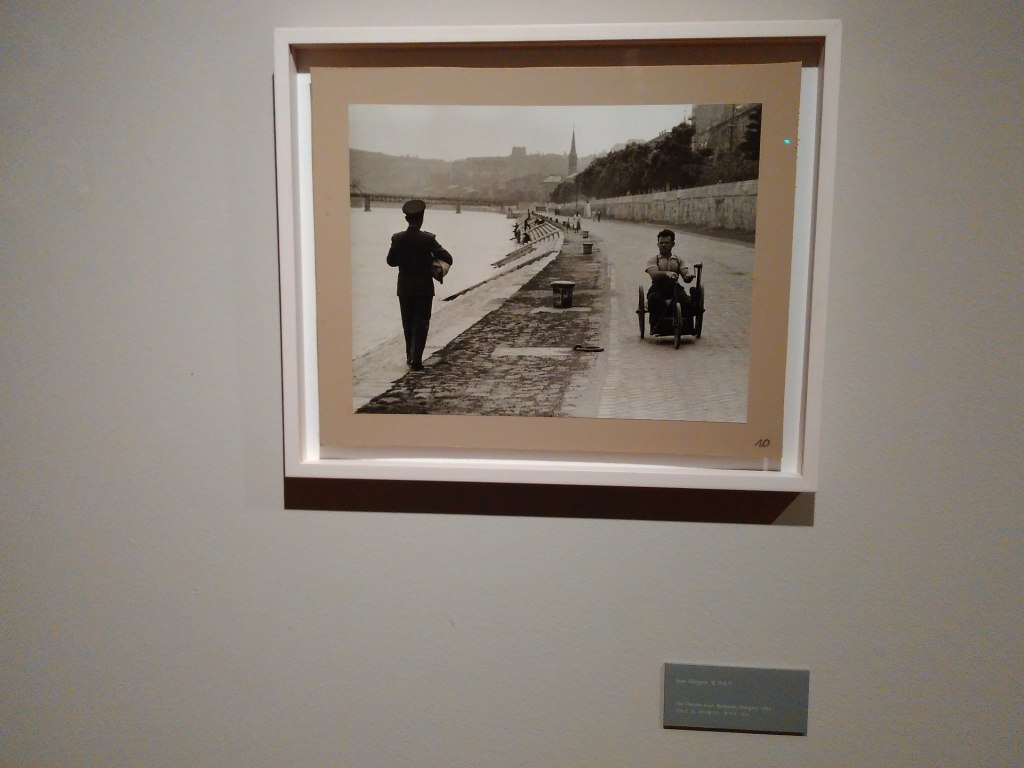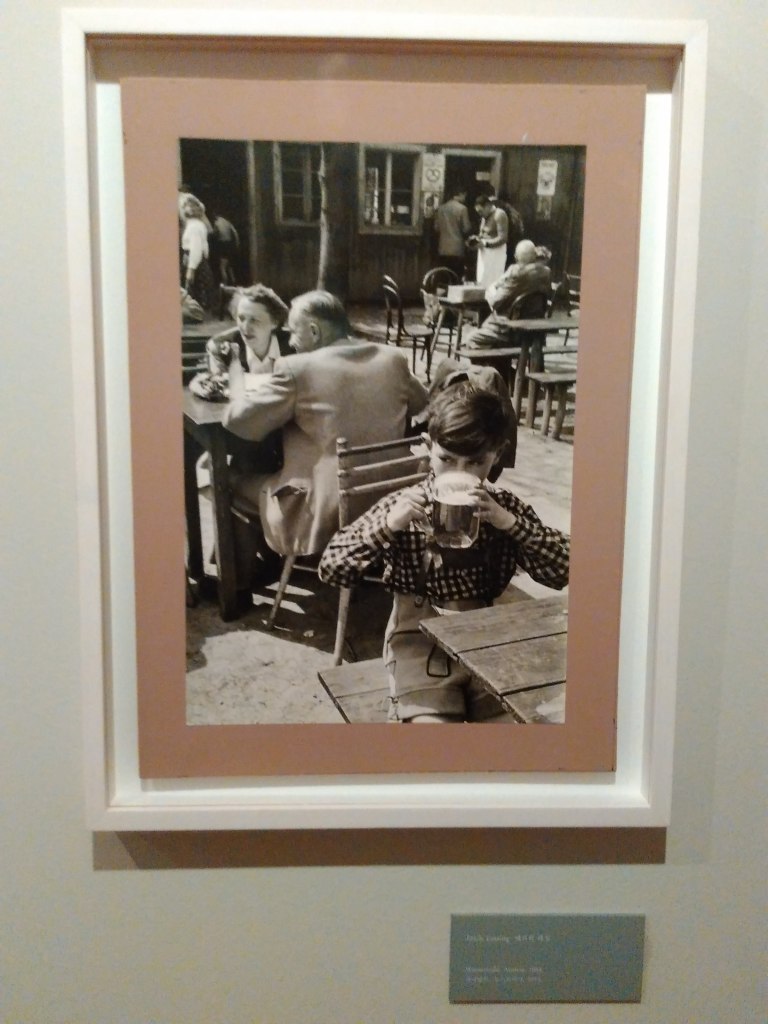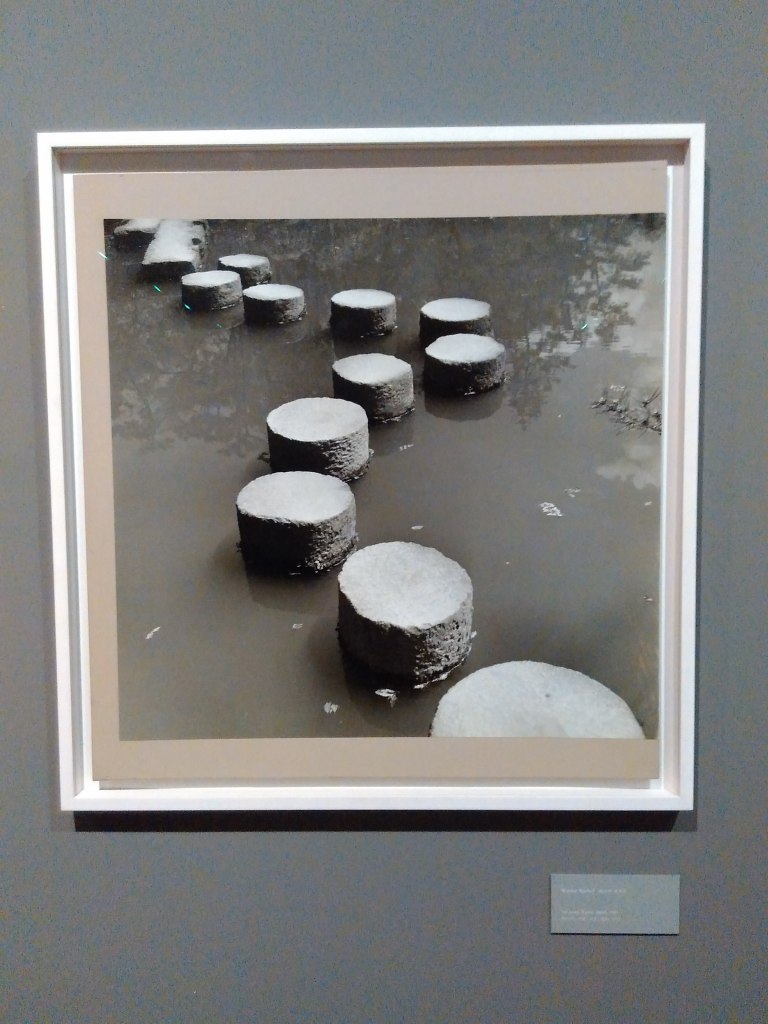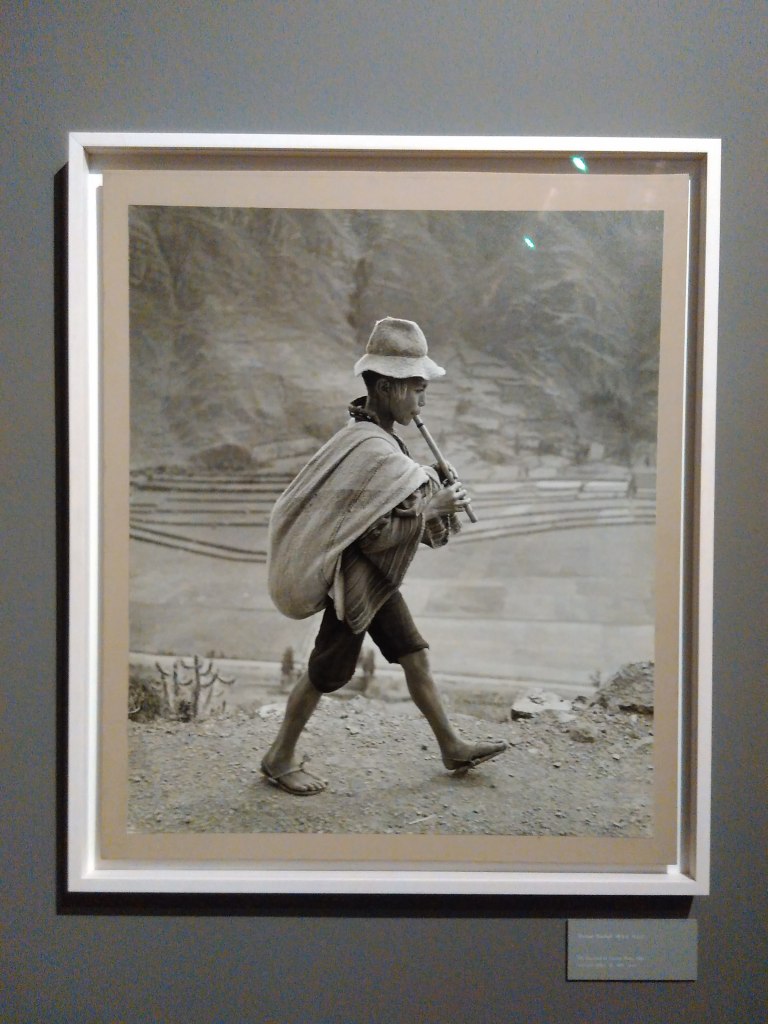Seoul, April 4/June 13 – August 15, 2015, http://www.photomuseum.or.kr/
A small but neat museum, located in two top floors of a building that is probably the headquarters of Hanmi Corporation’s (Steel Trading and Financial Services) . In addition to the exhibition, you get to see a beautiful panoramic view of the Olympic Park, which you can enjoy from a nice sofa lounge (you can get a coffee too).
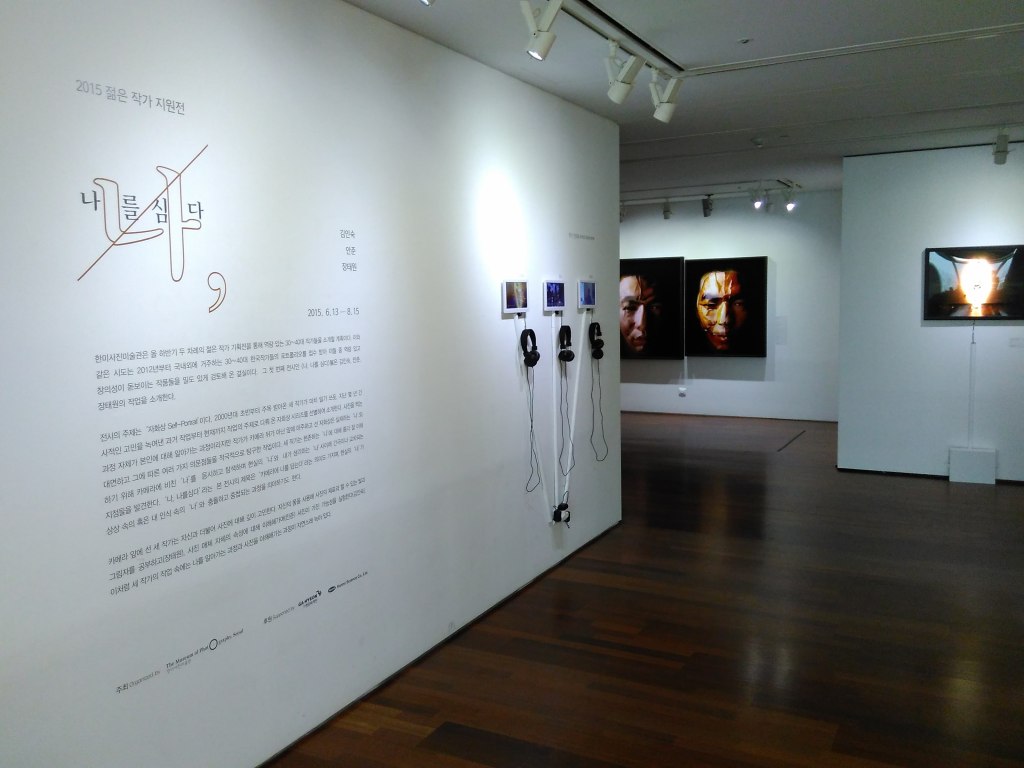 The “Me in Myself” exhibition was a result of an open call supporting young Korean photographers. It featured three artists, Insook Kim, Jun Ahn and Taewon Jang. Although a general idea of ‘self-portrait’ connected the works, each of the artists was very different.
The “Me in Myself” exhibition was a result of an open call supporting young Korean photographers. It featured three artists, Insook Kim, Jun Ahn and Taewon Jang. Although a general idea of ‘self-portrait’ connected the works, each of the artists was very different.
Taewon Jang’s work was most close to the traditional definition of a portrait, like a passport photo. He used different techniques of layering and disfiguring his face, probably aiming for some metaphorical meaning somewhere between the words face – mask – surface. Also other works – photo portrait including blood sealed under a layer of resin, or a photographed human silhouette from light bulbs – carried a thick layer of existential pathos.
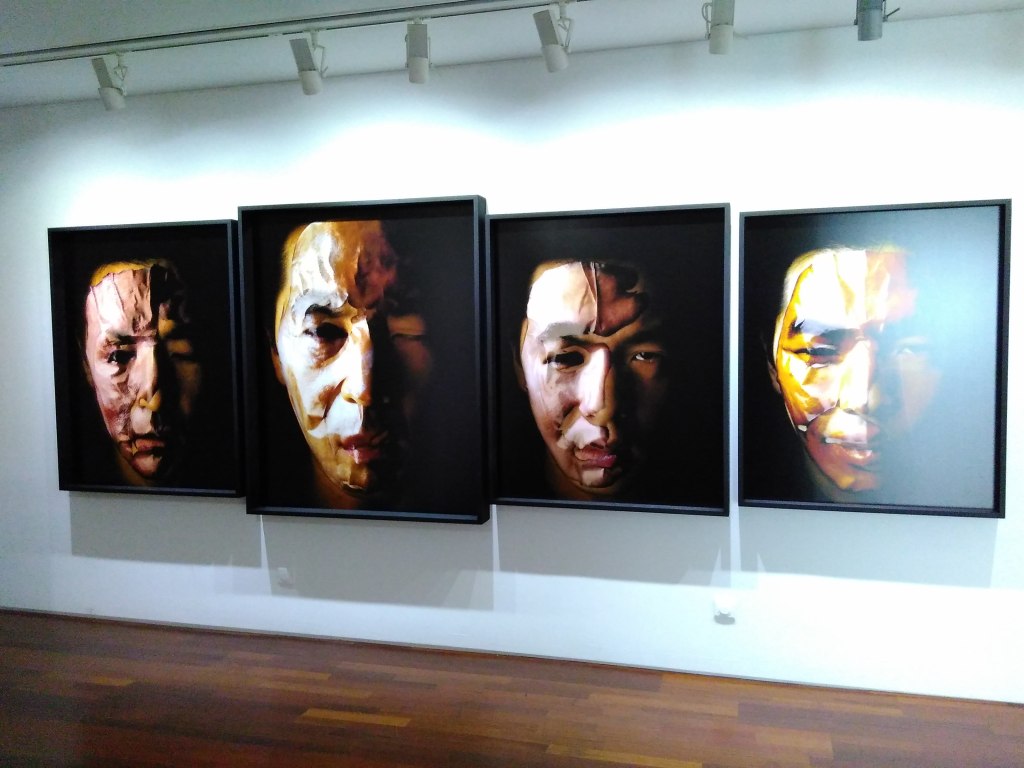
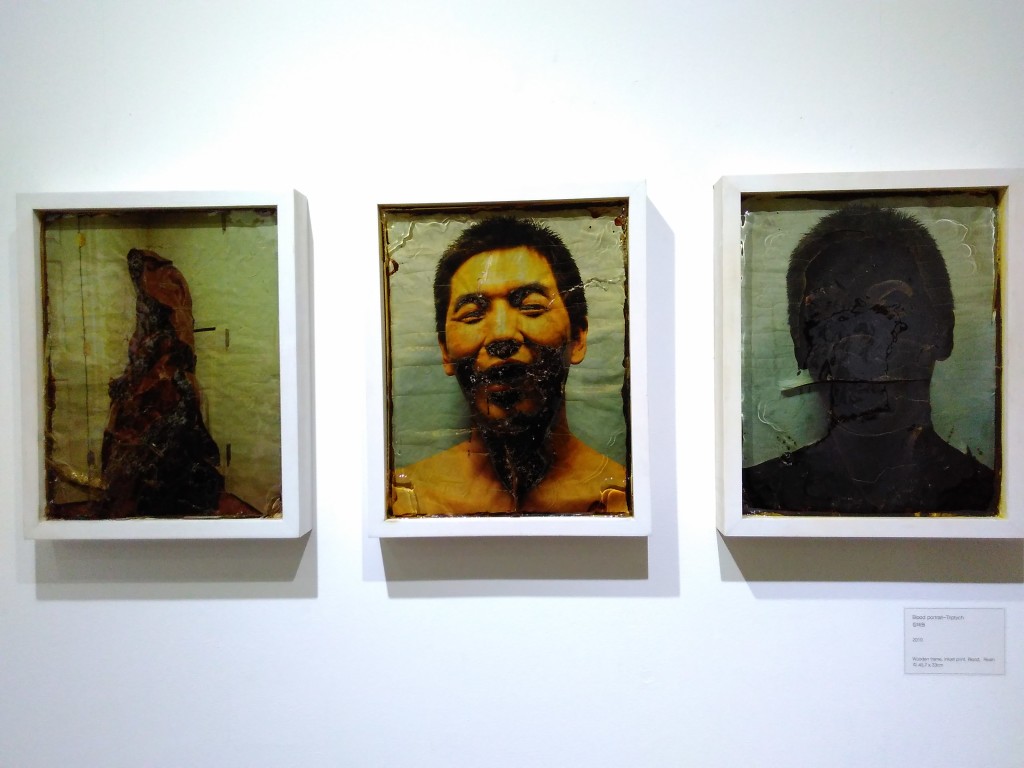 Jun Ahn’s series consisted of taking photos of her bare feet dangling down over the top of skyscrapers. There seemed to be a quite strong reference to suicidal thoughts, even though it was not mentioned anywhere. But it could be also just thrill seeking, as we can see on all the skyscraper-climbing videos on Youtube since GoPro cameras have been invented. I was also reminded of Miru Kim’s work – she had the guts to do something similar, standing in these weird non-spaces nude while making a selfie. She also had a feel for different environments to keep the series interesting. The composition of Jun Ahn’s photos doesn’t change much: Either there are her feet dangling over the edge of an abyss with the urban jungle below or the photos are shot horizontally, showing her full body turned away from the camera.
Jun Ahn’s series consisted of taking photos of her bare feet dangling down over the top of skyscrapers. There seemed to be a quite strong reference to suicidal thoughts, even though it was not mentioned anywhere. But it could be also just thrill seeking, as we can see on all the skyscraper-climbing videos on Youtube since GoPro cameras have been invented. I was also reminded of Miru Kim’s work – she had the guts to do something similar, standing in these weird non-spaces nude while making a selfie. She also had a feel for different environments to keep the series interesting. The composition of Jun Ahn’s photos doesn’t change much: Either there are her feet dangling over the edge of an abyss with the urban jungle below or the photos are shot horizontally, showing her full body turned away from the camera.
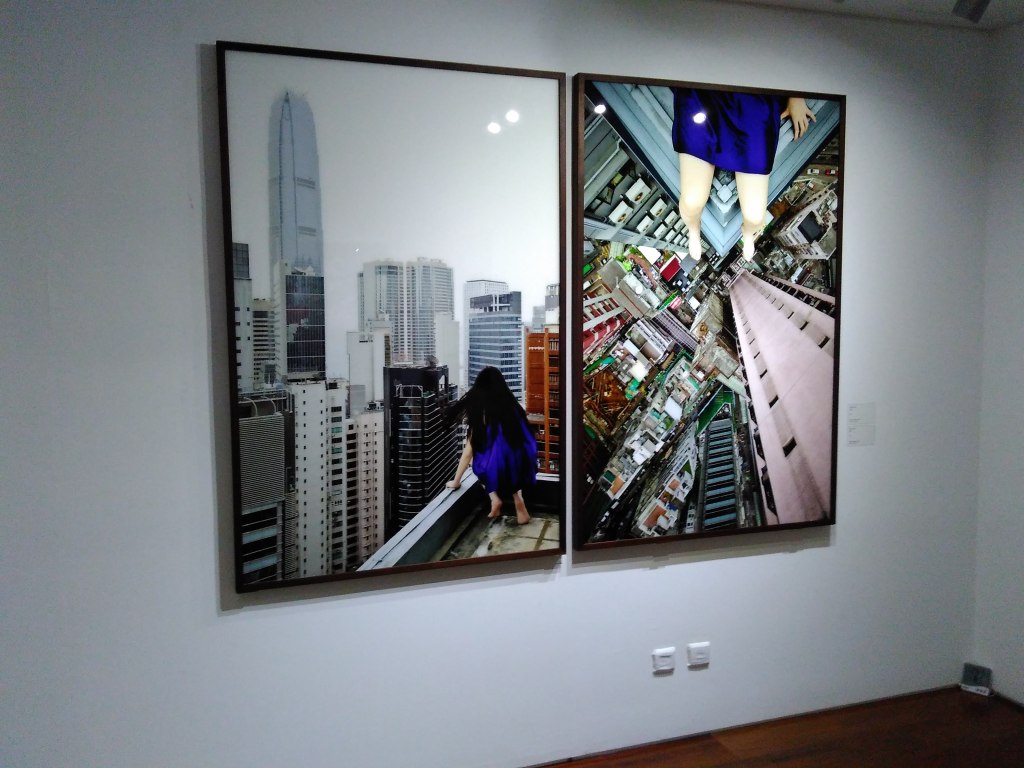

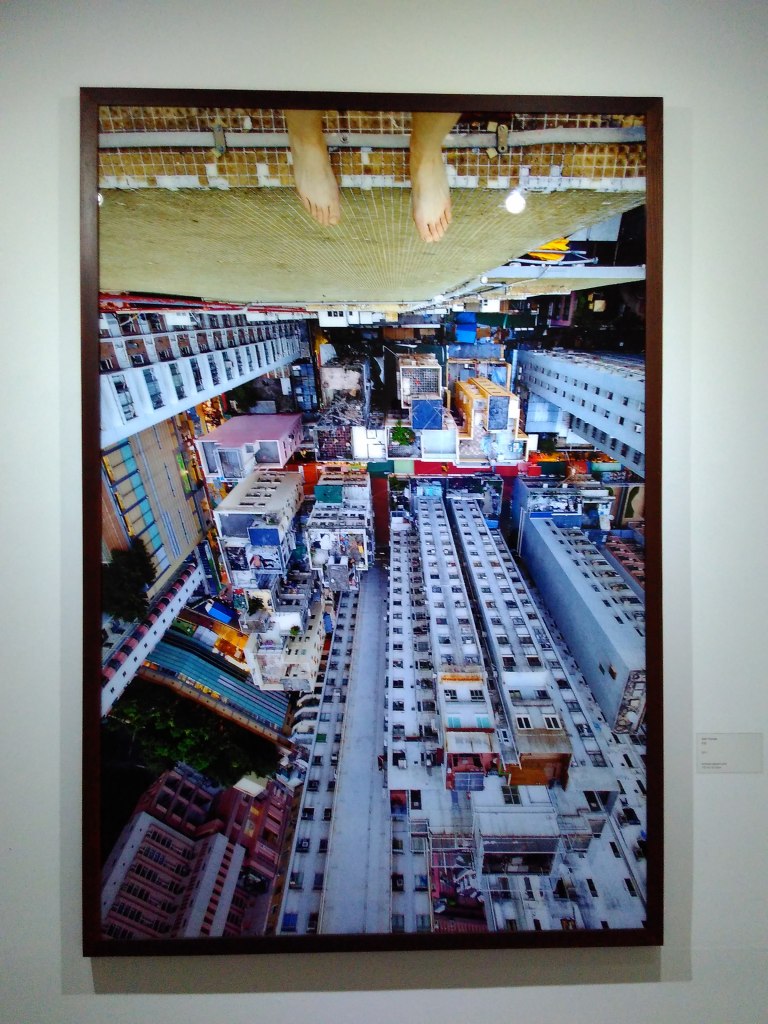 In Insook Kim’s work photography is mainly used to document. She does display two large wedding group portraits, but the work itself is much more based in performance or relational aesthetics. In fact, she tries to turn her own life into a social sculpture (to use Beuy’s term). Photography and videography serve as tools to document this process. The central theme is a ‘sociological’ one, where Insook Kim discusses the culture of Koreans living in Japan (those who departed to Japan during Japanese occupation of Korea). She then is documenting her own journey within her community in Japan and ultimately back to Korea, where she re-unites in a real wedding with her real Korean-Korean husband. The blurring of performance and art, life and fiction is seamless here, which also creates an uncertainty about how to ‘read’ what one sees. The viewer is invited to question existing assumptions and stereotypes he may be operating with.
In Insook Kim’s work photography is mainly used to document. She does display two large wedding group portraits, but the work itself is much more based in performance or relational aesthetics. In fact, she tries to turn her own life into a social sculpture (to use Beuy’s term). Photography and videography serve as tools to document this process. The central theme is a ‘sociological’ one, where Insook Kim discusses the culture of Koreans living in Japan (those who departed to Japan during Japanese occupation of Korea). She then is documenting her own journey within her community in Japan and ultimately back to Korea, where she re-unites in a real wedding with her real Korean-Korean husband. The blurring of performance and art, life and fiction is seamless here, which also creates an uncertainty about how to ‘read’ what one sees. The viewer is invited to question existing assumptions and stereotypes he may be operating with.
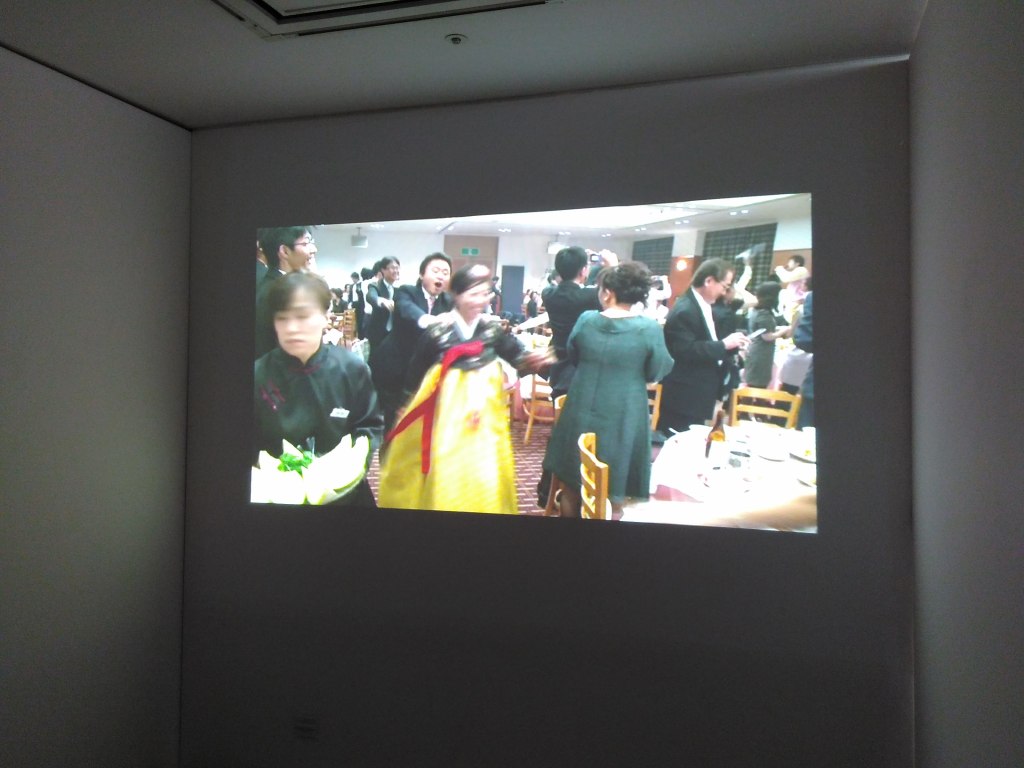
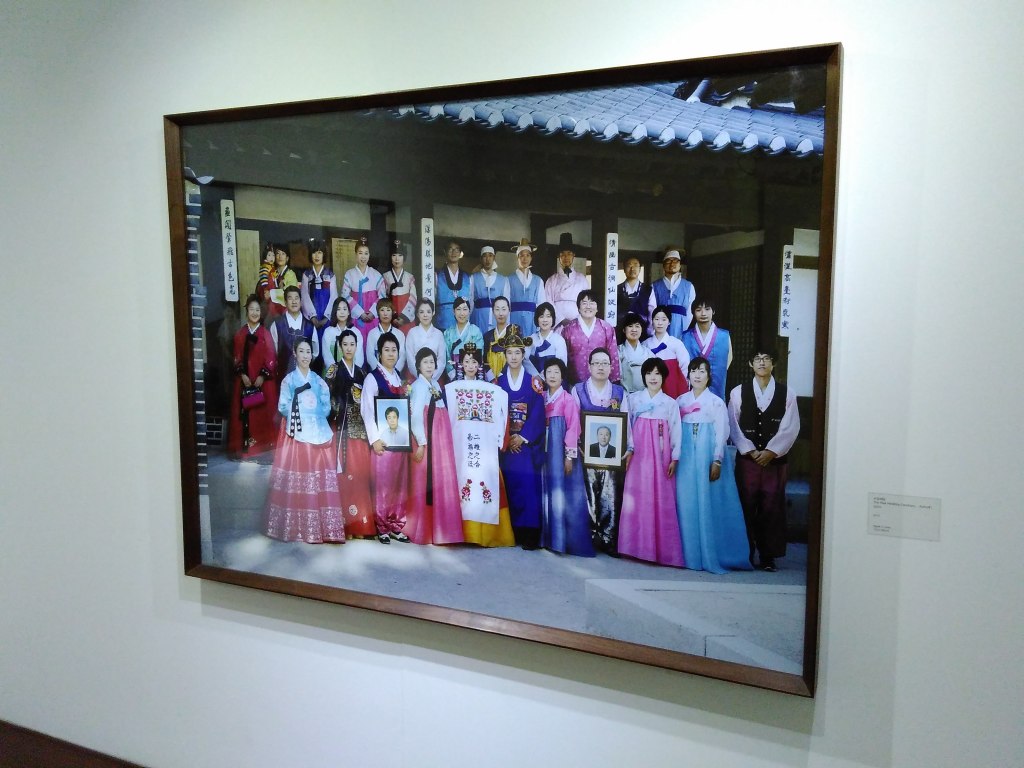
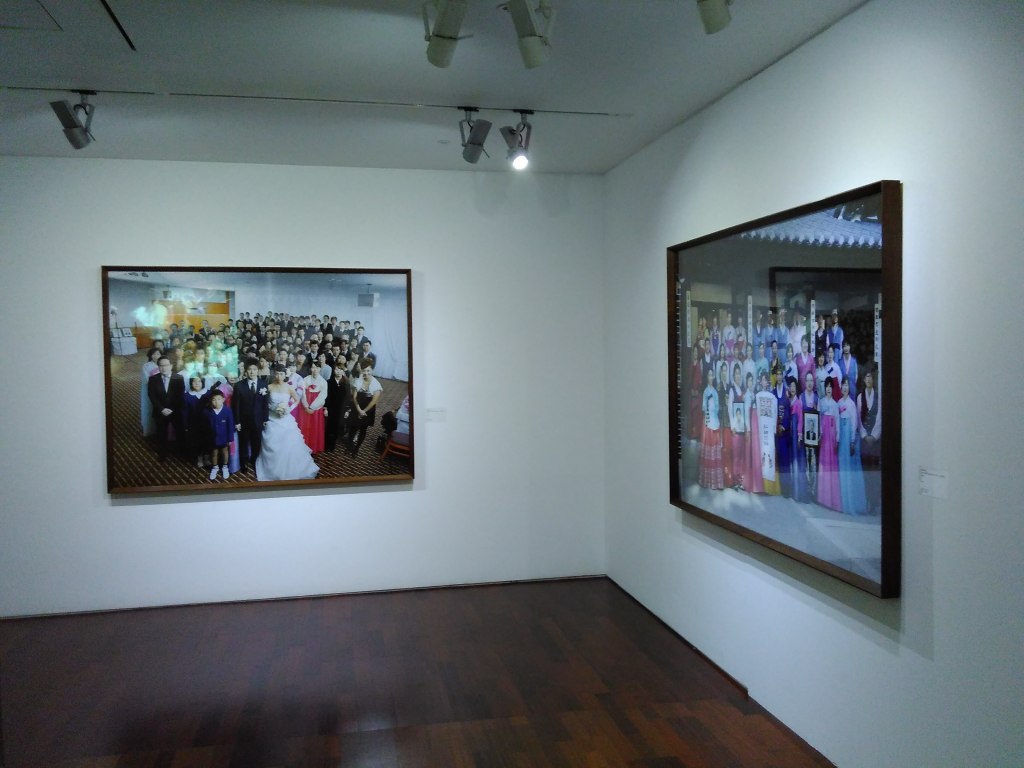 The second show, “Magnum’s First”, featured the original re-discovered prints of Magnum Photo’s first group exhibition in Austria in 1955. The exhibition is pure image fetishism. Many of these photographs are well known today, as are the photographers, and it is a pleasure to be able to see the original prints together. I also felt an air of nostalgia, an echo of a time when individual images carried this kind of ‘aura’ (as W. Benjamin would say). Only a few decades have passed, but they seem like light years, when comparing these photographs with today’s GoPro selfie and Photoshop wizardry. No need to say much about this show, the historical value is a fact. Featuring: Robert Capa, Jean Marquis, Erich Lessing, Werner Bischof, Marc Riboud, Inge Morath, Henri Cartier-Bresson and Ernst Haas.
The second show, “Magnum’s First”, featured the original re-discovered prints of Magnum Photo’s first group exhibition in Austria in 1955. The exhibition is pure image fetishism. Many of these photographs are well known today, as are the photographers, and it is a pleasure to be able to see the original prints together. I also felt an air of nostalgia, an echo of a time when individual images carried this kind of ‘aura’ (as W. Benjamin would say). Only a few decades have passed, but they seem like light years, when comparing these photographs with today’s GoPro selfie and Photoshop wizardry. No need to say much about this show, the historical value is a fact. Featuring: Robert Capa, Jean Marquis, Erich Lessing, Werner Bischof, Marc Riboud, Inge Morath, Henri Cartier-Bresson and Ernst Haas.